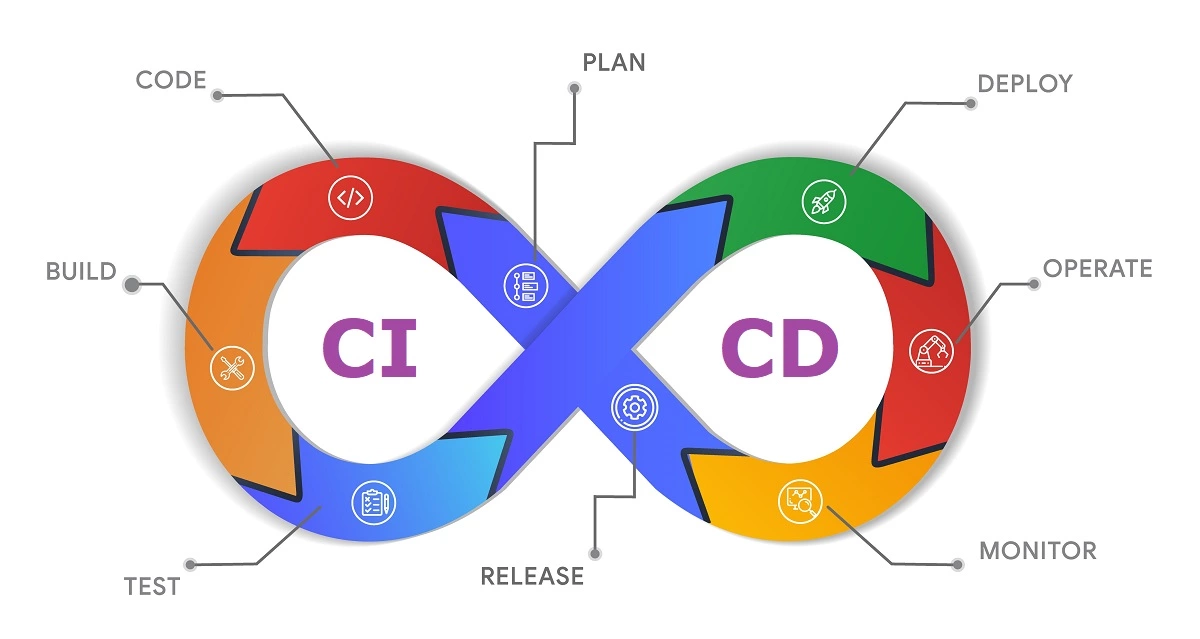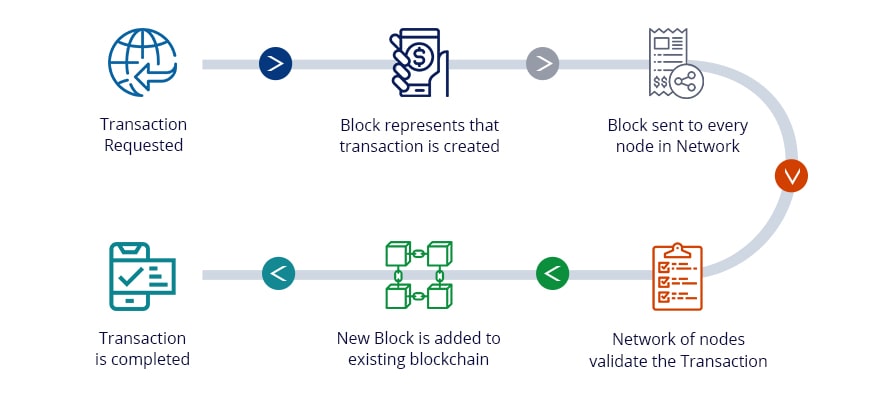Software Testing: In the growing technology, there has been change an enormous change in the software testing industry with the help of newly improved tools and trends. This change has brought beaming sides in many industries such as development, design, testing, and delivery.
In that enlarge technology is believed that this new adaption has uplifted this quality and maybe that’s why institutions are now focusing more on digital transformation to be on the top spot. And it becoming even more challenging every day.
Far from in the past, the software testing is not just about point out and troubleshooting the application errors. Earlier, the goal of such testing was to verify high performance and quality in the transferred products. Nowadays, companies need to optimize their time to market metrics, automate manual tasks, maximize resources utilization and scale their team’s productivity to deliver on exceptional user experience.
Automation test helps companies achieve their business by speeding up the product delivery process which maintaining quality with rapid advancements in modern technologies such as IOT, Artificial intelligence, machine learning etc. Nowadays the automation testing was more demand in the software industry.
Testing Center of Excellence (TCOE):-A Testing Centre of Excellence (TCOE) is a model for streamline testing platform it provides for standardizing test processes and optimal utilization of resources for test intention. It brings the infrastructure and resources together for achieving excellence in testing obligations.
A Testing Center of Excellence can be enlisted within any company, agile or not. If implemented fittingly, it can help an institution scale testing without compromising quality.
Benefits of TCOE
- Increased agility
- Continuous improvement
- Cost savings
- Decrease testing costs
- Enhanced core skill sets of all testers
- Standardization of automation frameworks and reduction of complexity
Cons of TCOE
- ATCOE may over complicate things
- Insufficient support could lead to burnout and failure
Continuous Integration (CI) and Continuous Delivery (CD):-

It is also known as CI/CD. Continuous Integration and Continuous Delivery is a one method of software industry. Is to frequently deliver the apps to customers by introducing automation into the stages of app development. Main aim of these CI/CD method are continuous integration, continuous delivery, and continuous deployment.
Continuous Integration: It can be considered the First part of a software delivery pipeline where application code is integrated, build, and tested.
Continuous Delivery: It is a second stage of a delivery pipeline where the application is deployed to its production environment to be utilized by the end users.
CI/CD Pipeline and Workflows
CI/CD pipeline is software delivery process created through continuous integration and continuous delivery platforms.
- Development: This stage is where the development happens, and the code is merged to a version control repository and validated.
- Build: The application is build using the validated code, and this artifact is used for testing.
- Testing: Usually, the build artifact is deployed to a test environment, and extensive tests are carried out to ensure the functionality of the application.
- Deploy: This is the final stage of the pipeline, where the tested application is deployed to the production environment.
Benefits of CI/CD
- Reduce the bugs
- Improve overall code quality
- Ensure the application’s reliability
- Save time and resources
- Improve developer and QA productivity
- Faster testing and analysis
- Improved customer satisfaction
Cons of CI/CD Technique
- Resource management must be responsive
- New skill set must be learned
- Legacy systems rarely support CI/CD
- Changes create a domino effect with a micro services
Testing Environment:-

A testing environment is a group of software and hardware for the QA teams to execute test cases and to identify and fix any bugs by computer programmers. Is also known as, it supports test execution with hardware, software and network configured. Indeed, the lack of test environments and data is a high challenge when applying to test in agile projects.
Testing Environment Setup
The people are also involved in these stage like Admin, Developers, Testers and sometimes users for testing and the setups are given below,
Setup of Test Server
Ex: Fedora setup for PHP, Java-based application with or without mailers, Java-based application, Cron setup,
Network
EX: Internet setup, LAN Wifi setup and Private Network setup
Test PC Setup
EX: Visual Studio installation, Windows phone emulator, alternatively, assigning a windows phone to the tester
Bug Reporting
Bug reporting tools provided to the testers. There are many open-source and licensed bug reporting and managing tool like Bugzilla, JIRA, RTC,etc.
Test Environment Management
This is maintains the testbeds so that they are always in the right condition to perform test. It is based on the demands of the test teams. This also document details setup, various test executes and the results.
Test environment management is helps in designing the test cases in the future and the test result used to fixing the bugs as well.
Types of Test Environment
- Performance Testing Environment
- System Integration Testing
- User Acceptance Testing
- Quality Assurance
- Security Testing
- Chaos Testing
- Alpha Testing
- Beta Testing
Benefits of Testing Environment
- It reduce production costs by finding the bugs in the early stages.
- Software that has legacy code and minor additions, fixes as the majority of the code remains the same.
Cons of Testing Environment
- Continuous maintenance and effort are required
- Tests have to be written every time
- Tedious to test all possible scenarios like out of bound testing, regression testing
Blockchain Testing:-

Blockchain is an innovative technology that is coming faster to be the base of a high number of application in the world. Blockchain is a split into database stock continuously growing list of records, is called blocks.
How Blockchain Works?

Benefits of Blockchain testing
- Time-Saving
- Increase security
- Cost-Effective
- Increased Capacity
- Challenges of Blockchain testing
- Performance and Load
- Security and Integration testing
These are the emerging software testing trends that one should watch out for in 2022 and these testing trends are especially important guide for you know in the upcoming year. Undoubtedly, automation testing is the future of software testing.


